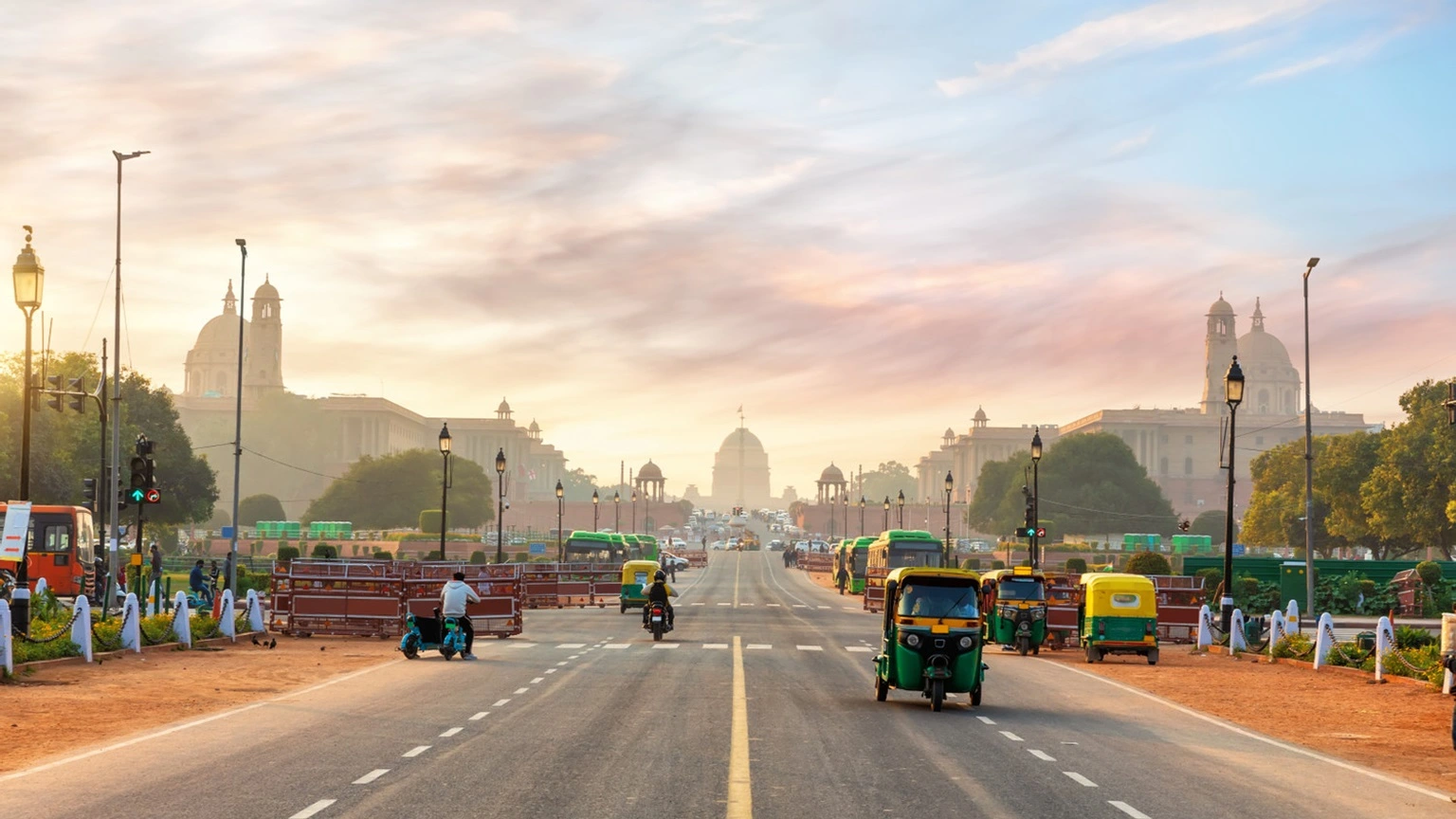
India is a huge and varied travel destination. The country has many distinct sides because it is bordered by the Arabian Sea and the Bay of Bengal in addition to Bangladesh, China, Nepal, Bhutan, Sri Lanka, and Myanmar.
Within India’s borders are over 20 official languages, several religions, and diverse culinary traditions. Travel is essential to fully grasp the depth of Indian history and culture. Visit as many of these top destinations in India as your schedule permits.
India is a country with a wide variety of landscapes that offers experiences to people of all ages. A city full of natural beauty and natural history extends a warm welcome to all visitors. India is stunning in many respects, from the majestic Taj Mahal to the regal palaces, from the verdant, scenic beauty of Kerala to the snow-capped mountains of Kashmir. This country exudes a strong sense of tradition and culture, which entices people to learn more about its rich past and lively culture. Here is a list of the top destinations in India that you should definitely check out on your next vacation.
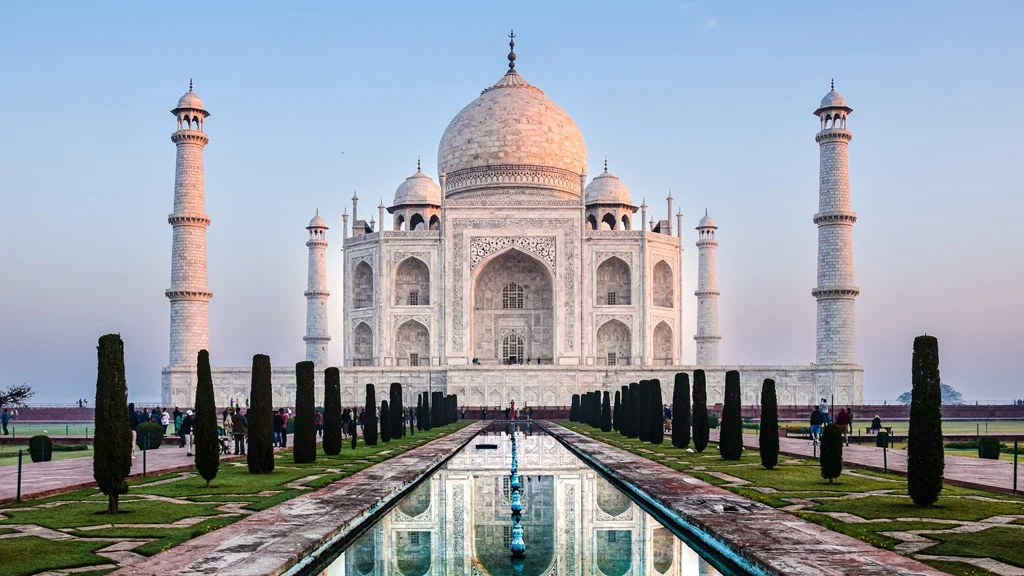
1. Agra, Uttar Pradesh
At the top of everyone’s wish list, the Taj Mahal is every bit as wonderful as one imagines it to be: a breathtaking memorial to love lost, beautifully crafted from pearl-white marble. One of the highlights of any journey to India would be seeing the most stunning structure on earth floating above the hazy Yamuna River or framed by a Mughal gateway.
However, the erstwhile capital of the Mughals is not just about the Taj. Add a few extra days so you may see the magnificent tomb of Emperor Akbar, the expansive Agra Fort, one of India’s most impressive fortresses, and his old capital, Fatehpur Sikri, which is built of rose-red sandstone. Millions of tourists visit Agra every year, and while it’s never dull, it’s constantly fascinating.
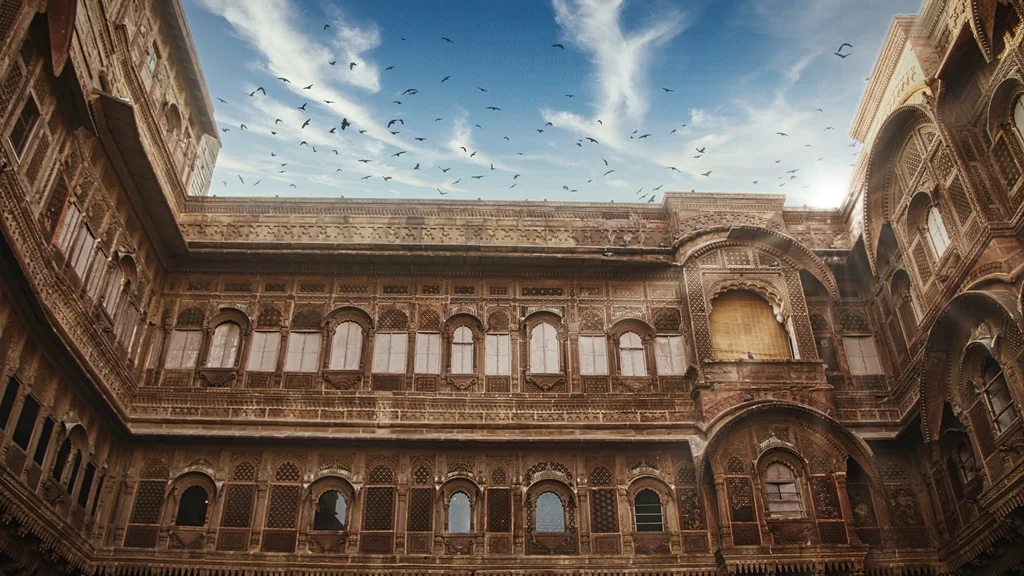
2. Rajasthan
The state of Rajasthan, which borders Pakistan and is home to the Thar Desert, is located in northwest India. Rajasthan is home to some of India’s top tourist destinations, whether you’re interested in the history of the Rajputs or the Aravallis Mountains. The capital of Rajasthan, Jaipur, often known as the Pink City, is a great site to start your journey.
It is the location of several amazing architectural structures, such as the magnificent City Palace, several temples, and three forts. Jodhpur, also in Rajasthan, is a place well worth seeing. Known as the “Blue City,” it serves as both the entry point to the Thar Desert and the location of the magnificent Mehrangarh Fort.
Rajasthan, a desert state, embodies soft-filtered, romantic India. A vista of shifting desert sands will frame a mirage of camel caravans, elaborate palaces, powerful forts, turbaned traders, and vibrant hues. Because it’s so picturesque and well-known among tourists, you should anticipate sharing the experience with many of others.
The ice-white lakeside palaces of Udaipur, the pink-sandstone monuments of Jaipur, and the views of blue-hued Jodhpur from its tall fort are all breathtaking sights, but Jaisalmer, which appears to have been sculpted from the living rock of the desert, is the city that shocks the senses the most.
Its winding streets, majestic castle, and exquisitely decorated haveli (traditional homes) look like something out of One Thousand and One Nights, and the adjacent desert provides an evocative backdrop for overnight camel safaris.
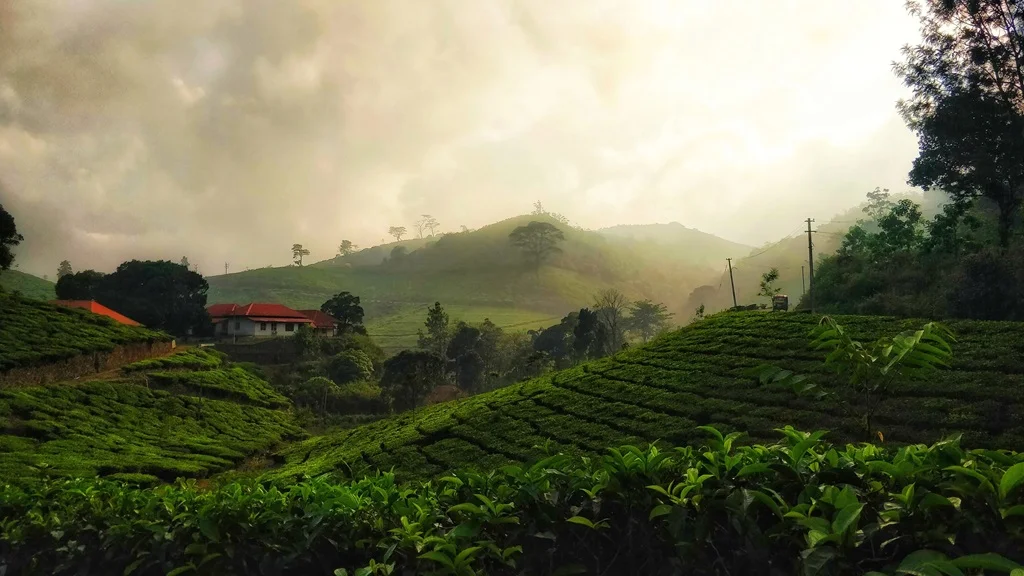
3. Kerala
Kerala, a state in southwest India, is a stunning tropical location. Explore the area for the many reasons that include palm trees, white sand beaches, and eco-tourism. Kerala is known for its stunning houseboats, renowned backwaters, and temple festivals. It is also home to Thekkady, a tiger preserve where you may see the local wildlife in peace.
Kerala’s capital, Kochi, is home to both contemporary skyscrapers and colonial buildings, as well as a flourishing local fishing sector. A single afternoon can be spent touring a Jewish synagogue, a Dutch mansion, the Portuguese Pallipuram Fort, and the Hindu Thrikkakara Temple in Kochi, a city known for its diversity of ethnicities and religions.
Compared to the arid and heavily populated northern plains, tropical South India provides a more pleasant and relaxed tourist experience. A leisurely canal boat through Kerala’s emerald-green backwaters, a 900-mile system of lazy, coconut-lined waterways that provide vistas of a constantly shifting tableau of South Indian life, is the ideal vacation experience here.
For a multiday excursion, rent a traditional houseboat in Alappuzha. As the sun sets over glistening waterways and silhouetted palm fronds, tuck in to a delicious Keralan seafood stew made by your personal chef. After the boat, a quick trip up the coast will take you to the historic Kochi (Cochin), known for its Kathakali dance theaters and cantilevered fishing nets.
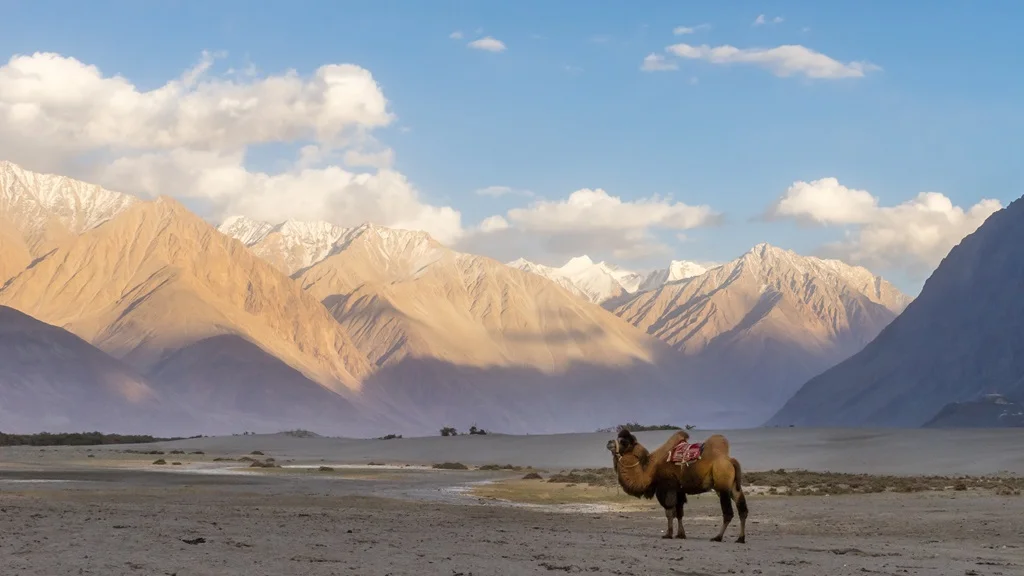
4. Ladakh, Jammu and Kashmir
The hilly destination of Ladakh is located in northernmost India, in the hotly contested Kashmir region. Despite the region’s size, there are many nomadic people living there and a low population density. The area’s breathtaking, unspoiled beauty is one of its main draws, but almost every visitor will also spend some time in Leh.
The town is very high up and is home to the Palace of the King of Ladakh, which dates back to the 17th century. In Leh, Buddhist culture is also very prevalent. You might want to visit some of the numerous Buddhist temples and monasteries in the Old Town.
The erstwhile Buddhist kingdom of Ladakh, located in India’s far northwest and shielded from the monsoon by the Himalayan rain shadow, is the closest place in terms of both culture and geography to western Tibet. Towering Tibetan monasteries blend into a desolate environment of wind-sculpted hoodoos and bare rock in this high-altitude lunarscape (don’t miss beautiful Hemis and Thiksey on the road from Ladakh to Himachal Pradesh).
The majority of travelers arrive in Leh, the charming city, and then explore the surrounding valleys on homestay treks and excursions to see the turquoise salt lakes and vibrant masked dances at historic monasteries. Ladakh may be the closest place for independent tourists to experience authentic Tibetan culture because it remained untouched by China’s Cultural Revolution.
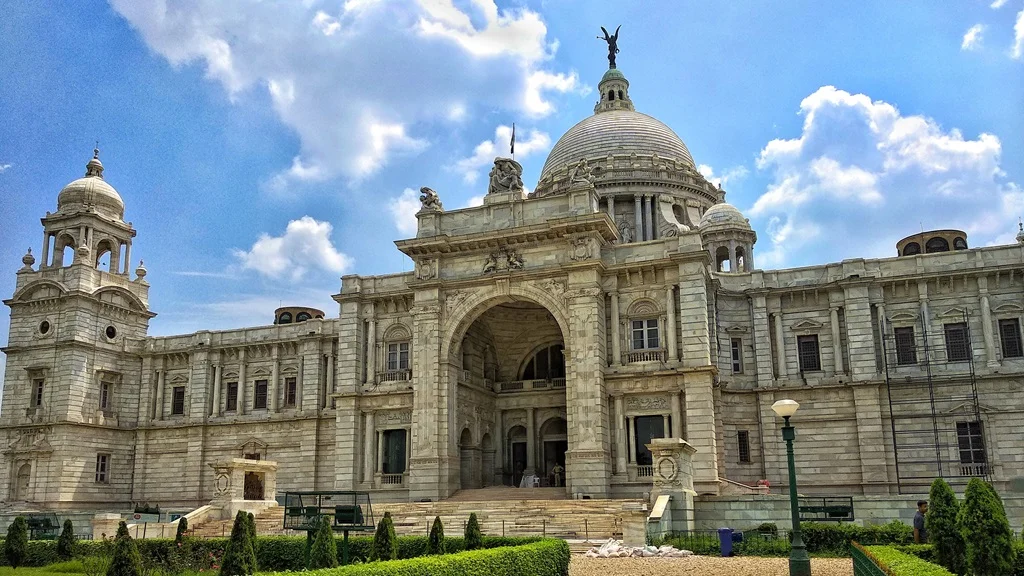
5. Kolkata, West Bengal
Kolkata, formerly known as Calcutta, was the capital of British colonial India until 1911. It is currently the third-largest city in India and the hub of the intellectual and creative arts. After a few days spent seeing the vibrant bazaars, sophisticated museums, and iconic sites from the British era, you’ll quickly develop an infatuation with Kolkata’s magnetic energy.
Enroll in a Bengali cooking class and pay a visit to the holy Kalighat temple, where offerings are made to the goddess Kali, if you want to get to know Kolkata thoroughly. If you have extra time, schedule an overnight wildlife viewing trip to the Sundarbans Tiger Reserve, which is close by and is thought to be the royal Bengal tiger’s stalking habitat.
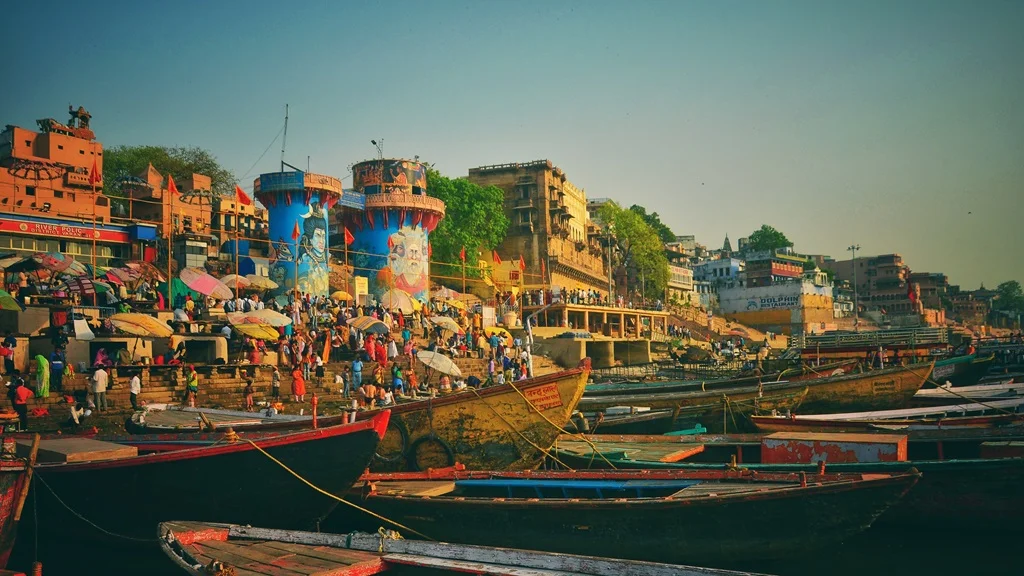
6. Varanasi
One of the oldest continuously inhabited towns in the world, Varanasi has a history spanning over 3,000 years. Situated on the banks of the Ganges River in North India, Varanasi has long been a significant hub of scholarship and a popular destination for Hindu pilgrims.
Hindus, Jains, and Buddhists consider Varanasi to be a sacred city since it is said that passing away here frees a person’s soul from the cycle of reincarnation and that taking a dip in the Ganges River atones for crimes committed.
There are sights and experiences in Varanasi that are unmatched anyplace else in the globe. Because of its thousands of temples, it is known as the “City of Temples.” Among the most important are the Durga Temple, the Sankat Mochan Hanuman Temple, which is well-known for holding a large number of monkeys, and the Shiva temple Kashi Vishwanath.
The ghats, a set of embankment stairs that descend to the Ganges River and are a popular spot for people to bathe, are arguably the most well-known sights in the city. The Dashashwamedh Ghat is the primary and oldest ghat. Hindu cremations and death anniversaries are regularly performed at the Manikarnika Ghat, a burning ghat. There are also yoga, shaves, and massages offered here. Taking a boat ride at daybreak in the morning is the greatest way to see the ghats.
Varanasi is known for its silk weaving, and in addition to other handicrafts, a plethora of stores and markets offer silk goods including scarves and sarees.
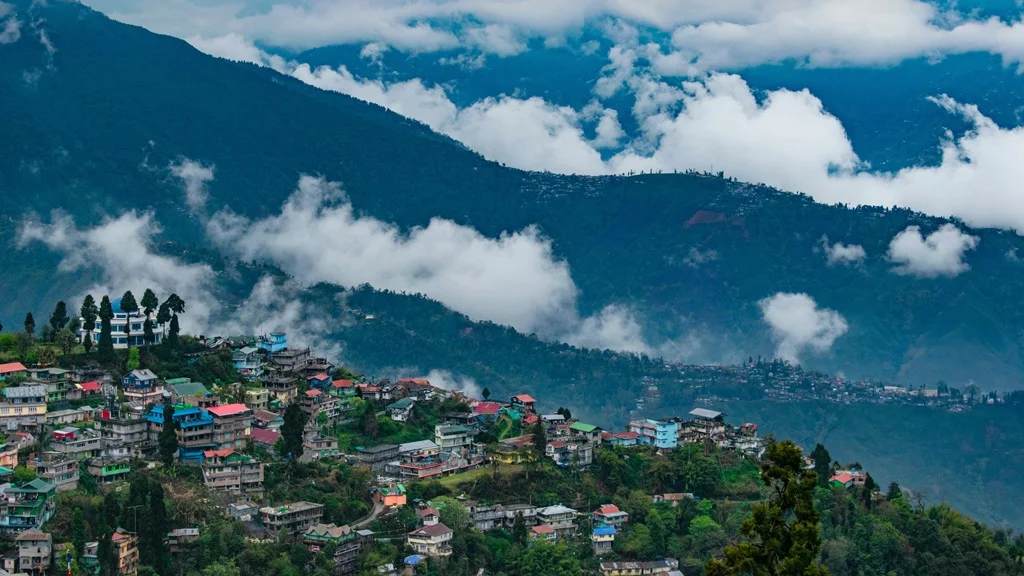
7. Darjeeling, West Bengal
Darjeeling is a destination that is simple to fall in love with. It is surrounded by well-kept tea estates, cooled by the cool breezes of the eastern Himalayas, and offers breathtaking vistas of the mountains.
Watch the sun rise over the 8586-meter (20,169-foot) Kangchenjunga, discover the distinction between first-flush and white teas on a plantation tour, enjoy a leisurely afternoon tea at the Windamere Hotel, and then discover more about the Tibetan experience at the Tibetan Refugee Self-Help Center for the epitome of a wonderful day.
Traveling by the classic, narrow-gauge toy train is the most elegant way to get there; make sure the steam service is operating and reserve tickets in advance. The diesel train travels the same route but is less charming. The many Buddhist gompas (monasteries) located across the city are worth seeing. The ancient Yiga Choeling Gompa, located on the outskirts of Ghum beneath Darjeeling, has a unique charm.
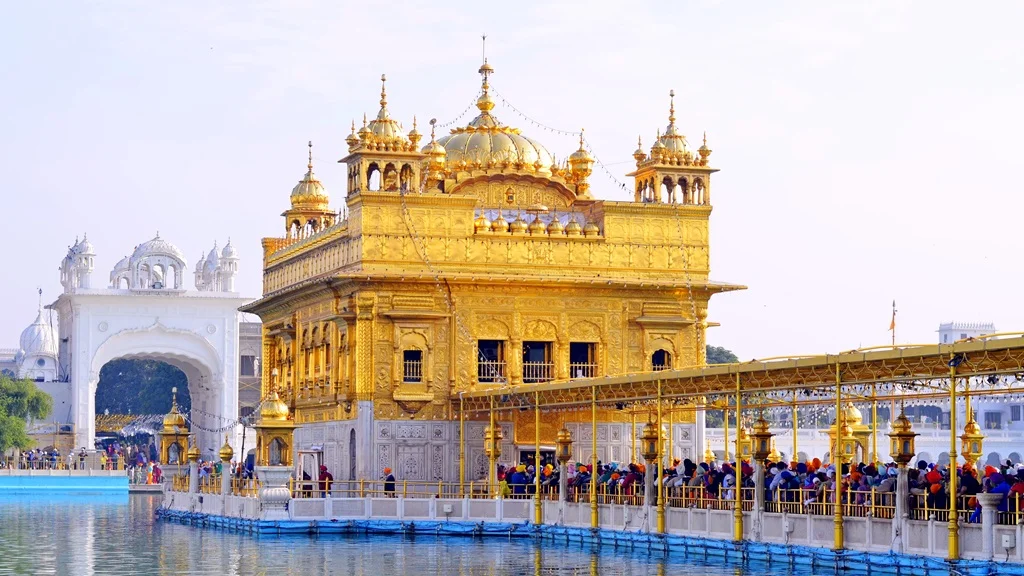
8. Amritsar
The holy city and Sikh pilgrimage center of Amritsar is located in the northern province of Punjab. In Amritsar, the Golden Temple, also called the Harmandir Sahib, is the main draw. This temple, which dates back more than 400 years, is genuinely golden and is constantly bustling with Sikh visitors from all over India and the globe.
Regardless of your religious beliefs, you are welcome to visit the Golden Temple, but you must do it with respect by taking off your shoes and covering your head. Admire the Amrit Sarovar, a pool that surrounds the temple and is used by pilgrims for bathing, as you enter the temple through the main entrance, Ghanta Ghar.
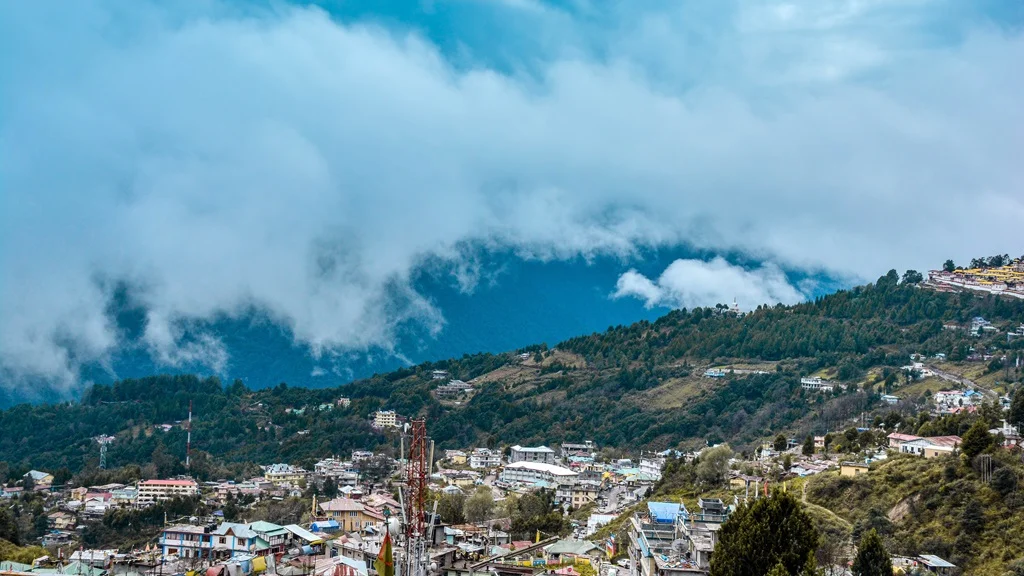
9. Arunachal Pradesh
The eight Northeast States of India—Arunachal Pradesh, Assam, Manipur, Meghalaya, Mizoram, Nagaland, Tripura, and Sikkim are hidden away close to Bangladesh and represent the country’s wild boundary. This area of untamed mountain valleys was largely inaccessible to outsiders until the 1990s, and even now, not many people visit; those who do so deserve the right to refer to themselves as legitimate explorers.
The most well-known travel destination in the Northeast is Sikkim, but we’d encourage you to head east to Arunachal Pradesh’s forested foothills and rugged mountains, where tribal communities—from the animist Apatani people of the Ziro valley to the Buddhist Monpa people of Tawang follow a wide variety of traditional belief systems.
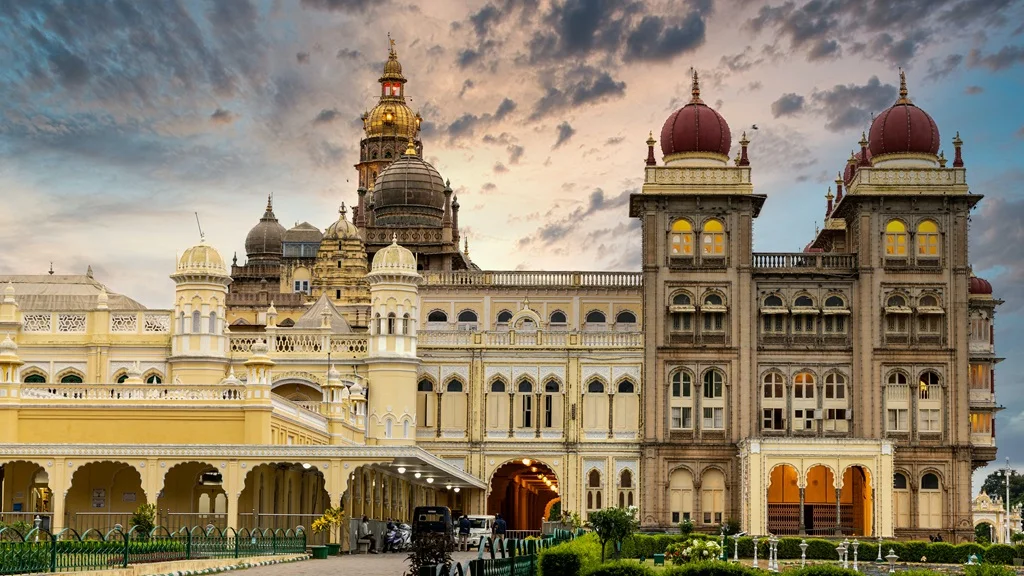
10. Mysore, Karnataka
India’s southernmost point is home to the city of Mysore. Known for the majestic Mysore Palace, Mysore was once the capital of the Wodeyar dynasty. The palace is the pinnacle of luxury, and a journey around the building will reveal upmarket features like intricately carved rosewood doors, ivory ceilings, and an abundance of wall paintings.
The amazing Devaraja Market, located outdoors on Dhanwanthri Road in Mysore, is a must-see for anybody visiting the city. After purchasing a cup of chai tea, you can peruse stalls selling vegetables and sandalwood carvings.
The evocative marketplace of Mysuru, the ancient home of the Wadiyar maharajas, is one of the city’s many attractions, along with its towering temples and the almost impossible-to-afford Mysuru Palace. Nothing evokes the opulent lifestyles of India’s royal emperors more clearly than this edifice, where each chamber is a work of art and each embellishment a family legacy.
Bustling bazaars, noteworthy museums, and a series of Hindu temples built in the traditional Dravidian (Southern Indian) architectural style may be found all around the palace. Spend a few days exploring the streets, climbing Chamundi Hill to reach the Sri Chamundeshwari Temple, and indulging in spicy vegetarian thalis (plate lunches) at Mysuru’s eateries.
Nataly Hayes
Travelined welcomes voices from many spheres. We publish pieces written by outside contributors with a wide range of opinions, which don’t necessarily reflect our own. Learn more or join us as a community member!
